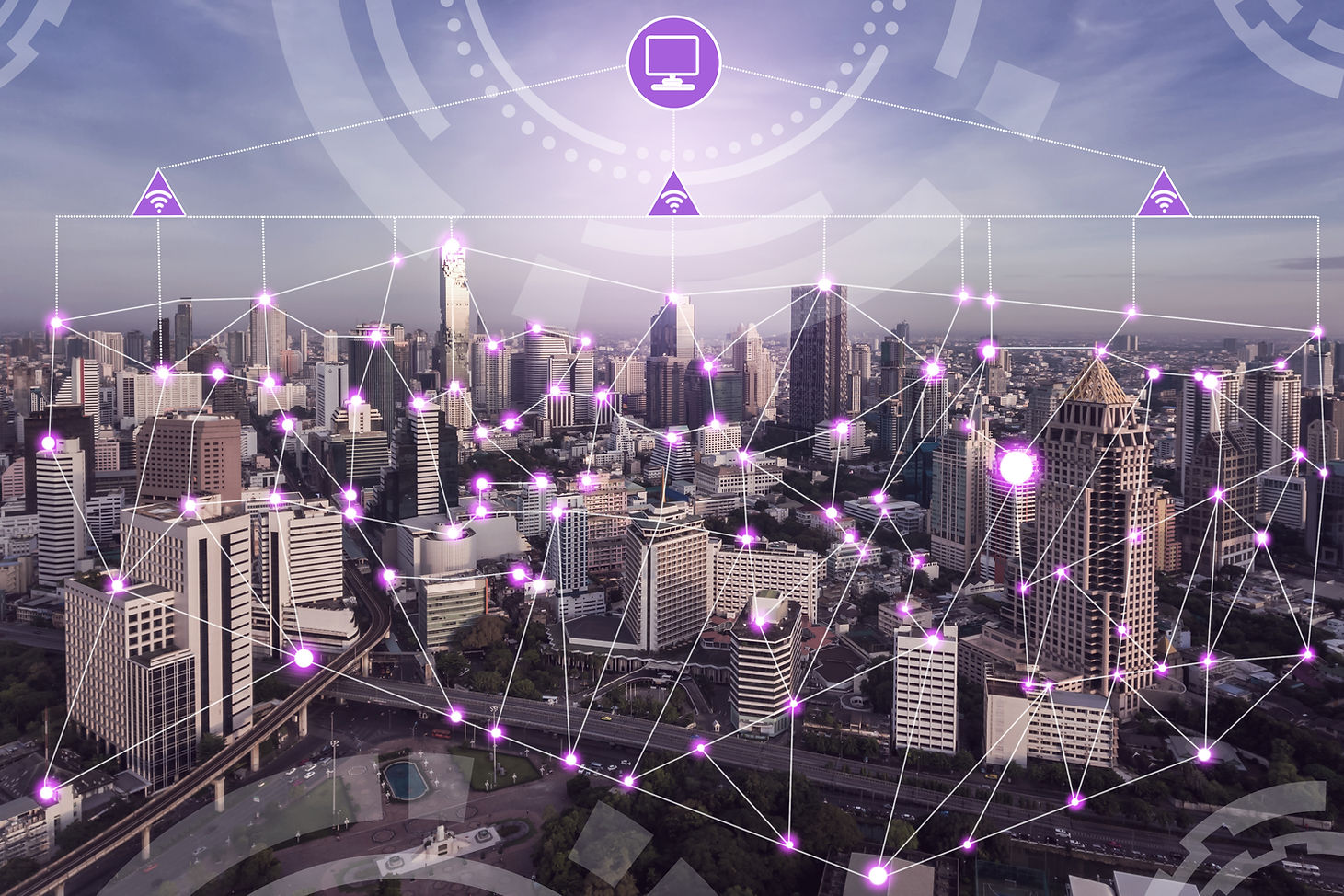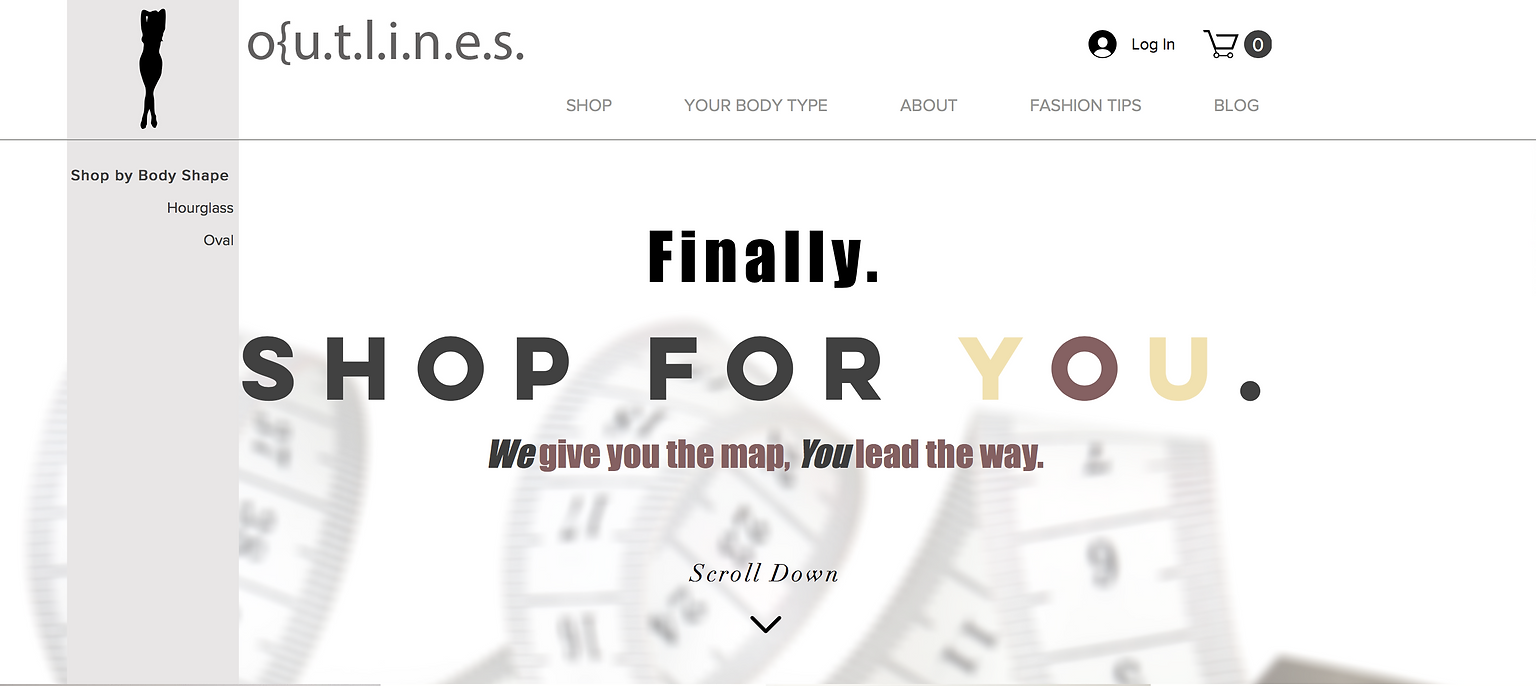
A Portfolio to Remember
Production and Screenplay by Leana Sindi
Watch the Trailer


Fascinated by the concept of design thinking I began reading further on the subject, which led me to read
"Network Thinking" by Ulrich Weinberg.
This stimulated an interest in the interaction between human and everyday product and how AI could elevate that interaction.
And so I created an independent study to explore a few creative possibilities
Two innovations ...
A shopping cart that registers what's being inserted, moves on it's own and maps a route through the supermarket based on the user's shopping list.
SMARTCART

A screen connected to cameras that acts as a mirror allowing you to see yourself at different angles.
CAMERA MIRROR

See the design process I used to arrive at these ideas (and others) and what technology I propose for their implementation , outlined in my project thesis PDF.
this work led me to take a course on the internet of things ...

Course:
Internet of
Everything
In my research, I use two examples of smart objects currently on the market to demonstrate the technologies available for everyday product connectivity, exploring the use of sensors and the internet to make products smarter. One of my proposals is a design for a “smart fridge”.
I also explore the use of neural links and Electroencephalography (EEG) in pursuing the possibility of connecting the brain to the internet and to our products and how it might be possible to communicate with our items in this way.
I suggest further research to build on the two-way communication – the ability to communicate with the objects in our own language. This research is currently being carried out under the term ‘brain-computer communication’.
Please see my research document PDF for more insight into my findings and ideas.
MEANWHILE
I had just returned to college from a 10-day silent retreat in the Himalayas, where I learned Buddhist teachings for prevailing over negativity in the modern world. I wanted to share the education I had received there as well as the inspiration I had gathered from books and online talks.
And so, I created BFG: Brown Feels Good

my
role
Initial branding (name + slogan + mascot)
Talent Acquisition
Team-Building and Organization
Contacting Speakers and Workshop Leaders
Liasing with Brown University Officials
skills
learned
People Management
Branding
Empathy
Effective Outreach
Liasing with Professional Individuals
Working under Pressure
Disaster Management
Effective Marketing + Advertising
A NEW IDEA
The pressure of the strain on my attention led to stress-induced weight gain and I began struggling to find clothes that fit well on my new body type. I couldn't find a platform that gave me the shopping aid I was looking for and I increasingly associated shopping with shame.
That's when I conceived of the idea for an e-commerce marketplace for women's clothing that would remove or radically reduce the shame factor and would enable women to shop according to their body type and fit preferences. I developed this idea further to design a highly tailored shopping experience that would allow people to "break their social outlines".
And so the idea for Outlines was born.
Thinking I needed to start spending more time with my friends, I thought about starting a social club linked to an e-magazine
People I knew began asking me to design their websites and do their branding, so I did. I built websites for a refugee summer camp in Beirut, a graphic designer in Paris, a dance fitness studio in Providence and a few more personal websites
a glimpse at some of my designs
Given my financial constraints, I learned the basics of web design myself on WIX and practiced making several websites for fun
 |  |
|---|---|
 |  |
 |  |
 |  |
 |  |
 |  |
 |

I worked on outlines for several months and after conducting the initial research and designing the prototype website, I began reaching out to students at Brown to join the team. I initiated two temporary partners and an intern, however we soon realized the technology behind the idea would require large amounts of capital and know-how. I decided to put the project on pause and look to gain further experience in product and business strategy before returning to Outlines.
Whilst building my work experience in the startup world, I felt inspired and decided to merge my passion for creative writing with my passion for entrepreneurship and innovation. This started with developing the blog for a non-profit helping small businesses survive the pandemic and eventually led me to create my own blog: ImagineNation.
This blog is all about fusing the power of the imagination with knowledge of trends, industries and what is or could be possible in the near future.

stay tuned
I am still continuing to develop my story, pursuing research in areas of interest, developing ideas not represented here and searching for new ways to exercise my passions. If you enjoyed my story and would like to work together, please reach out through my LinkedIn.
please scroll for testimonials
CREDITS
"LEANA PLAYED A CRUCIAL ROLE IN STANDING UP THE PROJECT AS WELL AS FILLING IN KEY INSIGHTS AND GAPS IN THE CLIENTS' HYPOTHESES. HER INGENUITY AND TENACITY IN FOLLOWING THROUGH WITH RESEARCH TO STRATEGIC DECISION MAKING TO AESTHETIC EXPLORATION DEMONSTRATED HER ABILITY TO SHEPHERD THE DESIGN PROCESS FROM GENESIS TO DELIVERY."
LIAN HAN / FUSEPROJECT / LEAD DESIGN STRATEGIST
“LEANA PROVED HERSELF TO BE A VERY BRIGHT, HARDWORKING AND FOCUSED INDIVIDUAL, WITH ATTENTION TO DETAIL, AND RESOURCEFUL. IT WAS A PLEASURE TO HAVE HAD HER AT OUR COMPANY.”
MELODIE LEUNG / ZAHA HADID ARCHITECHTS / ASSOCIATE
“LEANA SHOWED REMARKABLE MARKETING TALENT WITH A HIGH LEVEL OF ENERGY AND A TALENTED WRITER TOO. I HAVE THE DEEPEST PERSONAL AND PROFESSIONAL RESPECT FOR LEANA, AND SINCERELY BELIEVE SHE WILL BRING UNIQUE ENERGY, OPTIMISM, PASSION AND TIRELESS CREATIVITY TO YOUR ORGANIZATION.”
BAHAA RASHAD / SAJA PHARMACEUTICALS / BUSINESS DEVELOPMENT MANAGER


